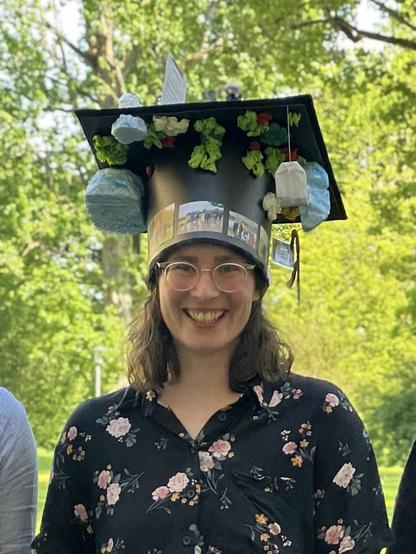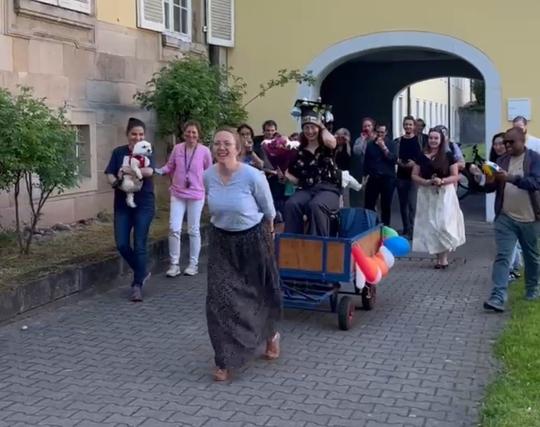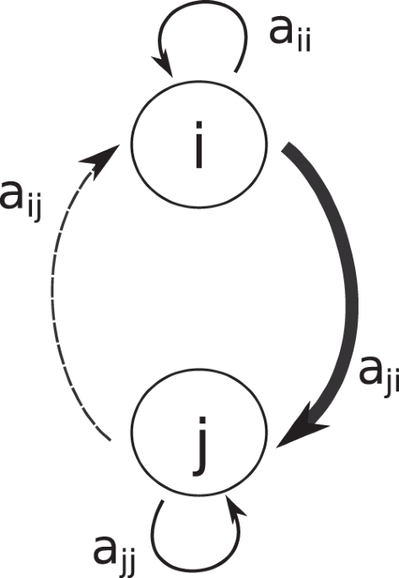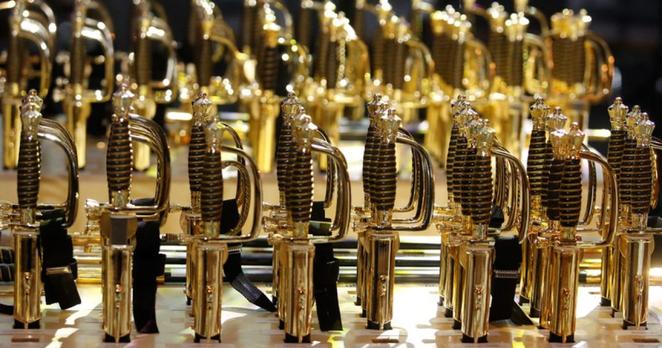Something BIG has happened. Dear academic world, it is my huge honour to introduce the freshly awarded Dr. Franziska Koch. 🍾🥂
Franzi was the first PhD student student in my #ecoevo #modelling team. Yesterday, she defended her thesis about „the paradox of the bryozoans“ with ease and glory. Congratulations, Franzi!!! 🙌 🥳🎉
#AcademicChatter
#TheoreticalEcology
#EcologicalModelling
#PhDone




